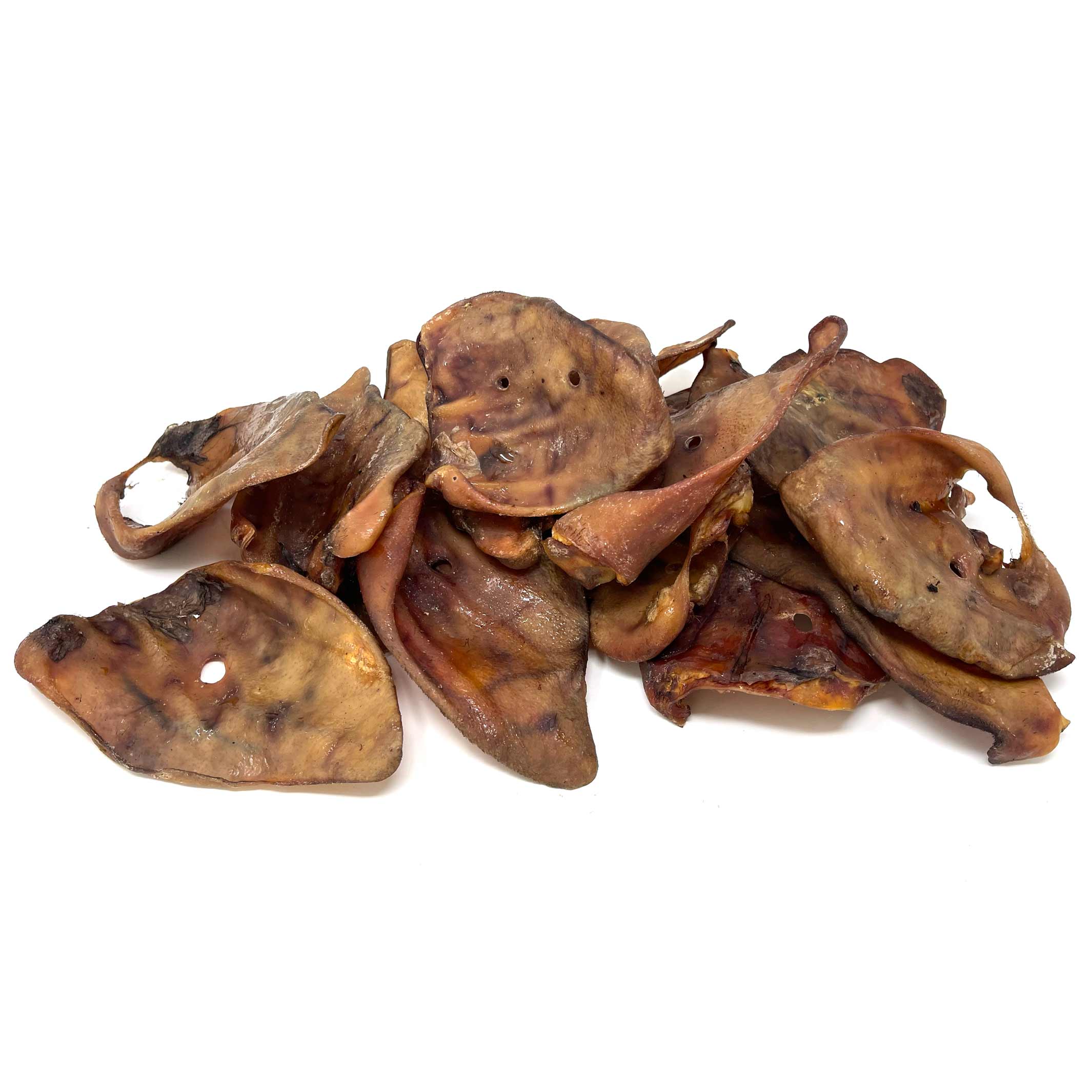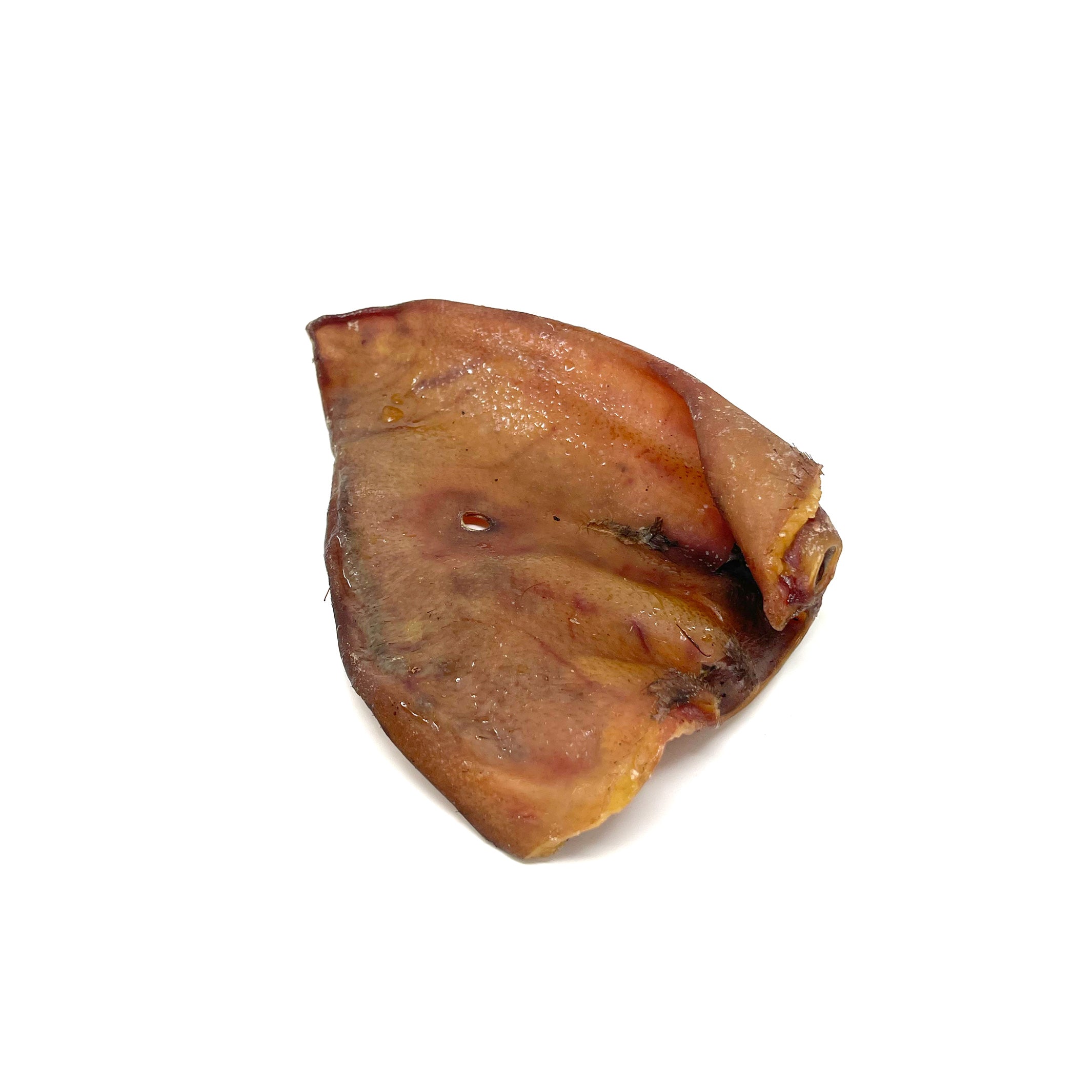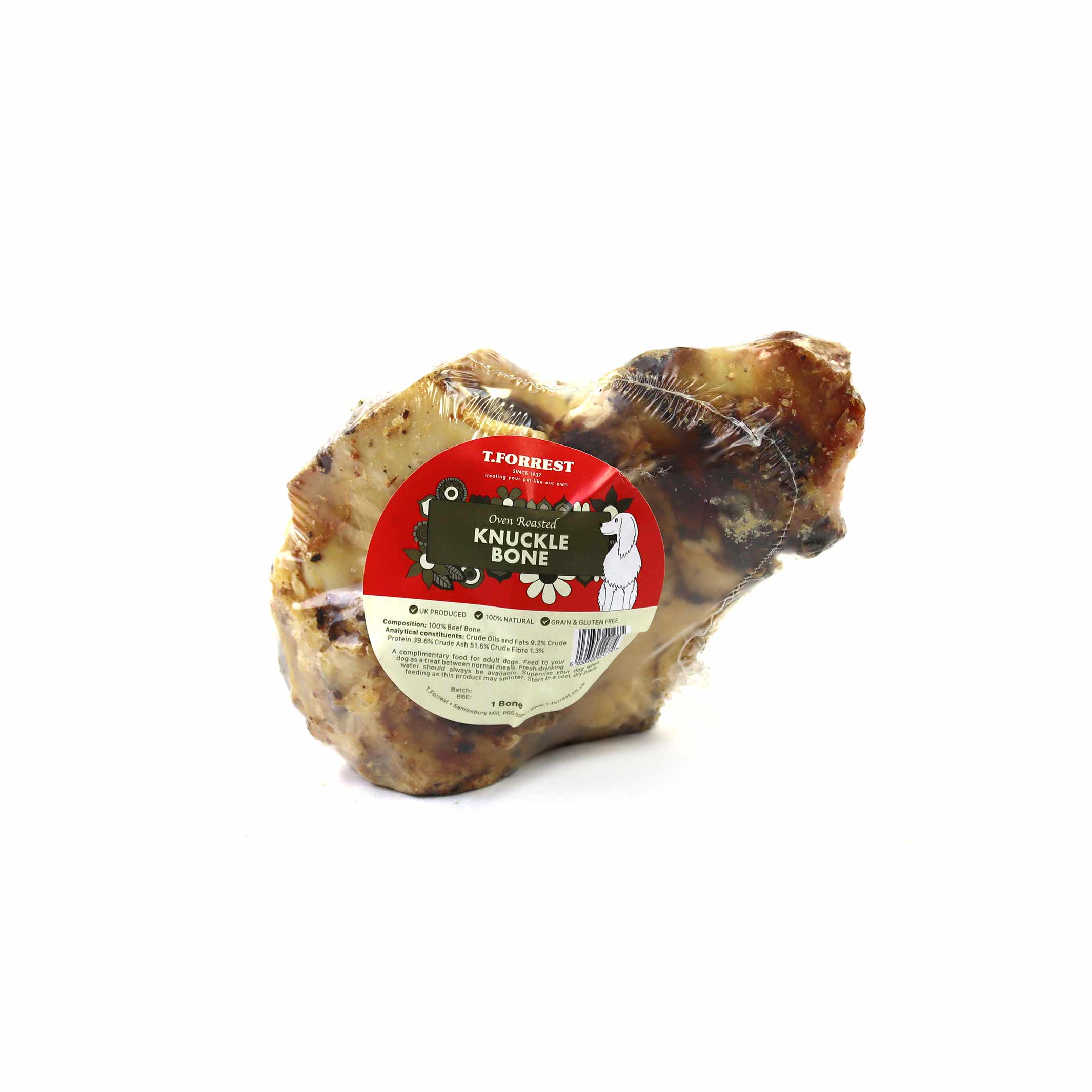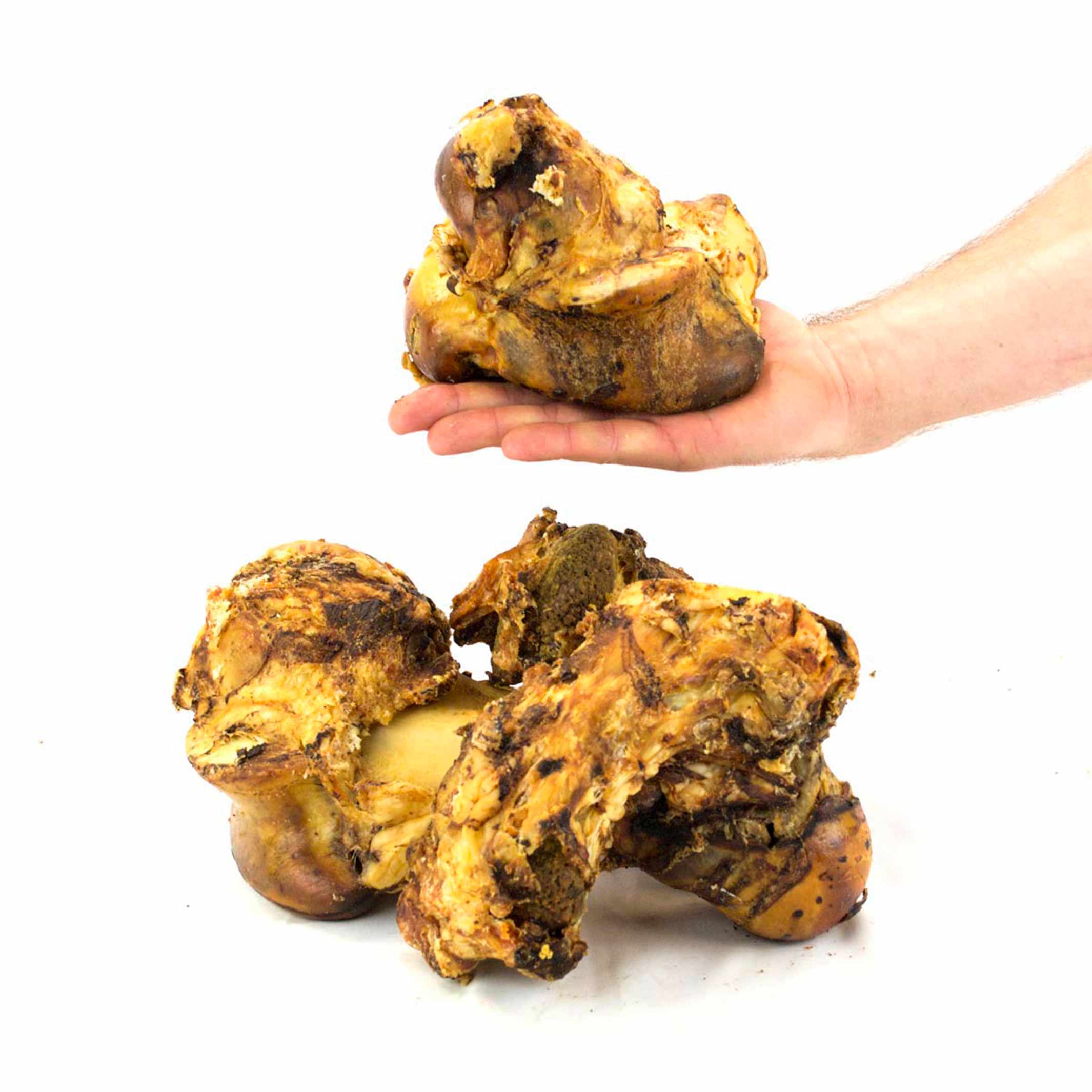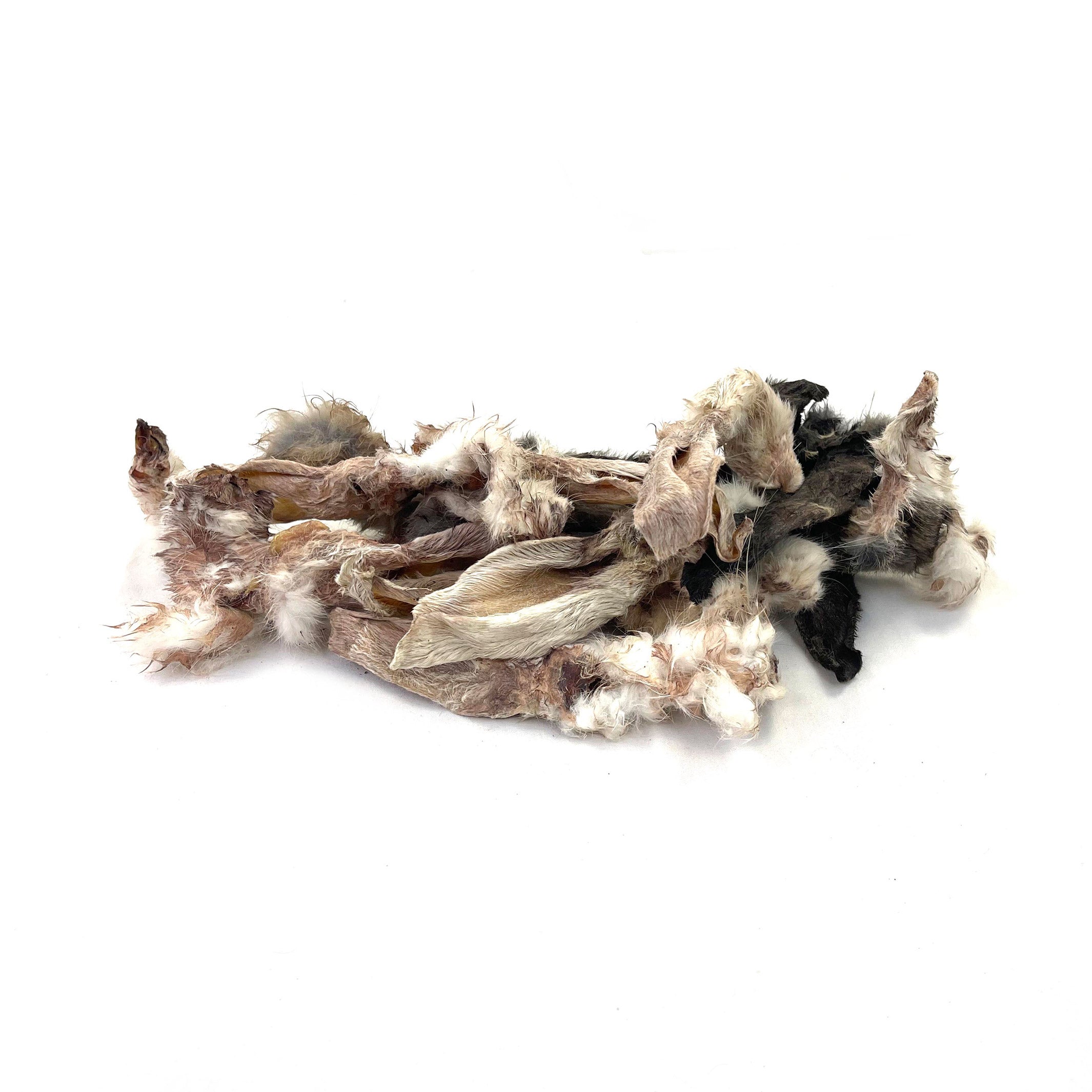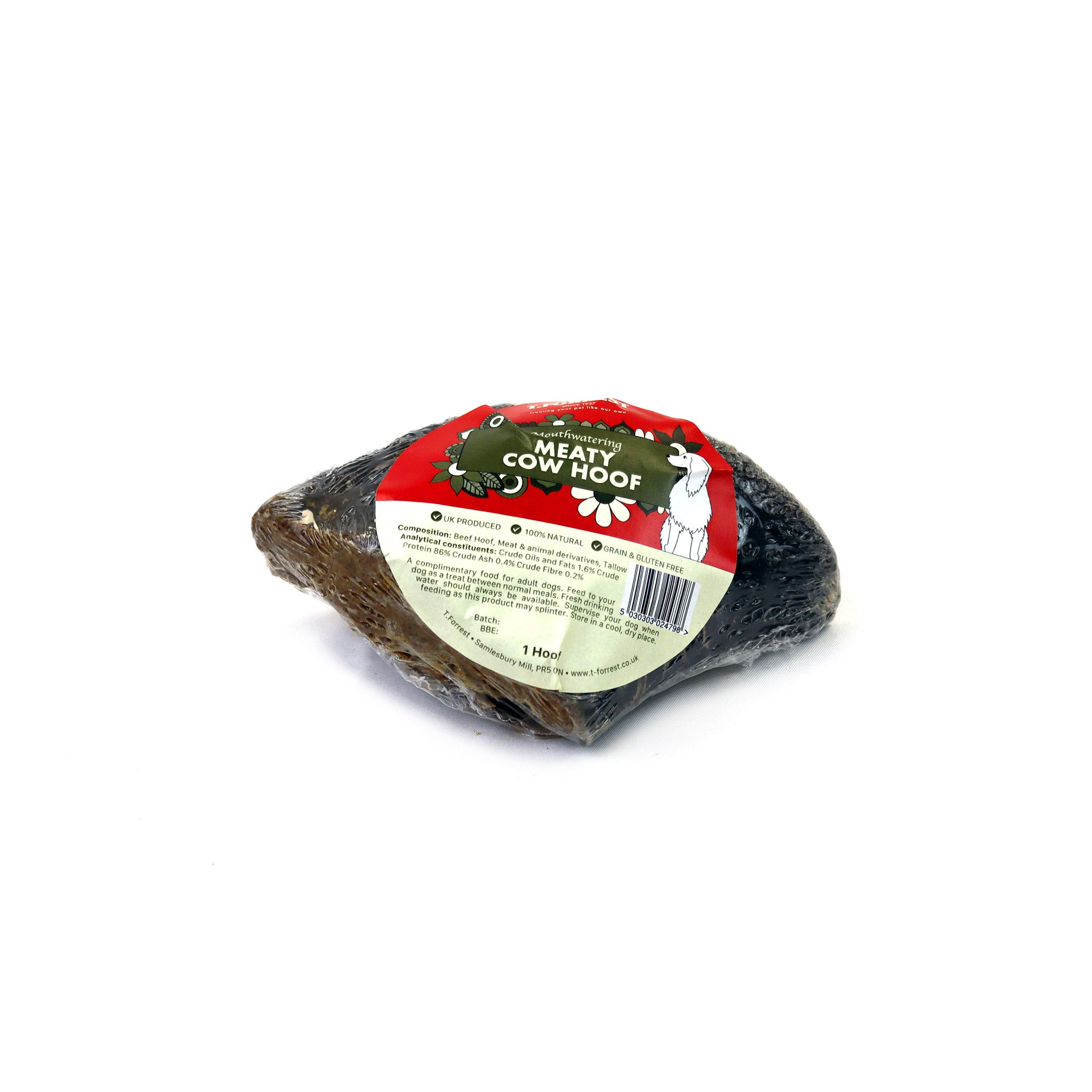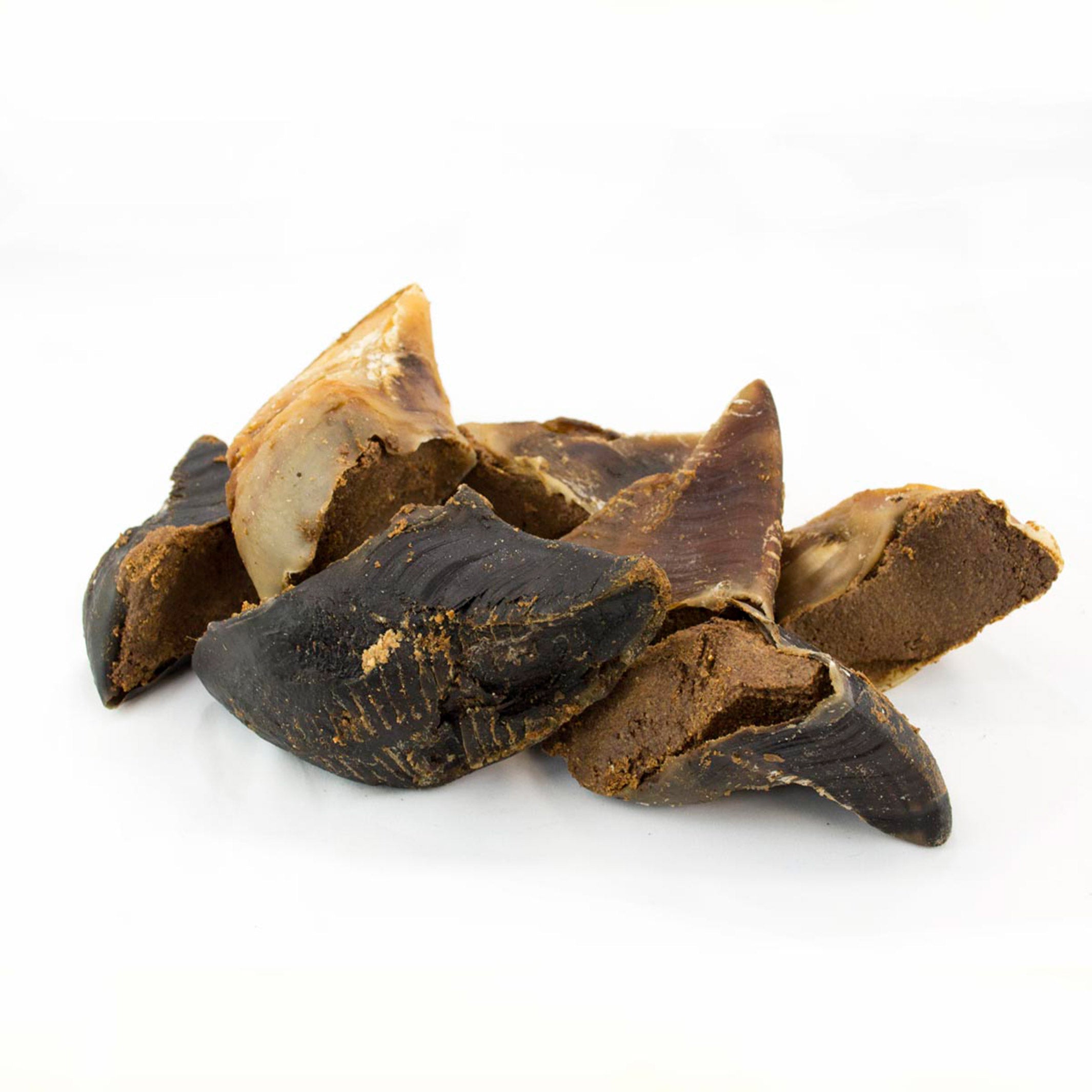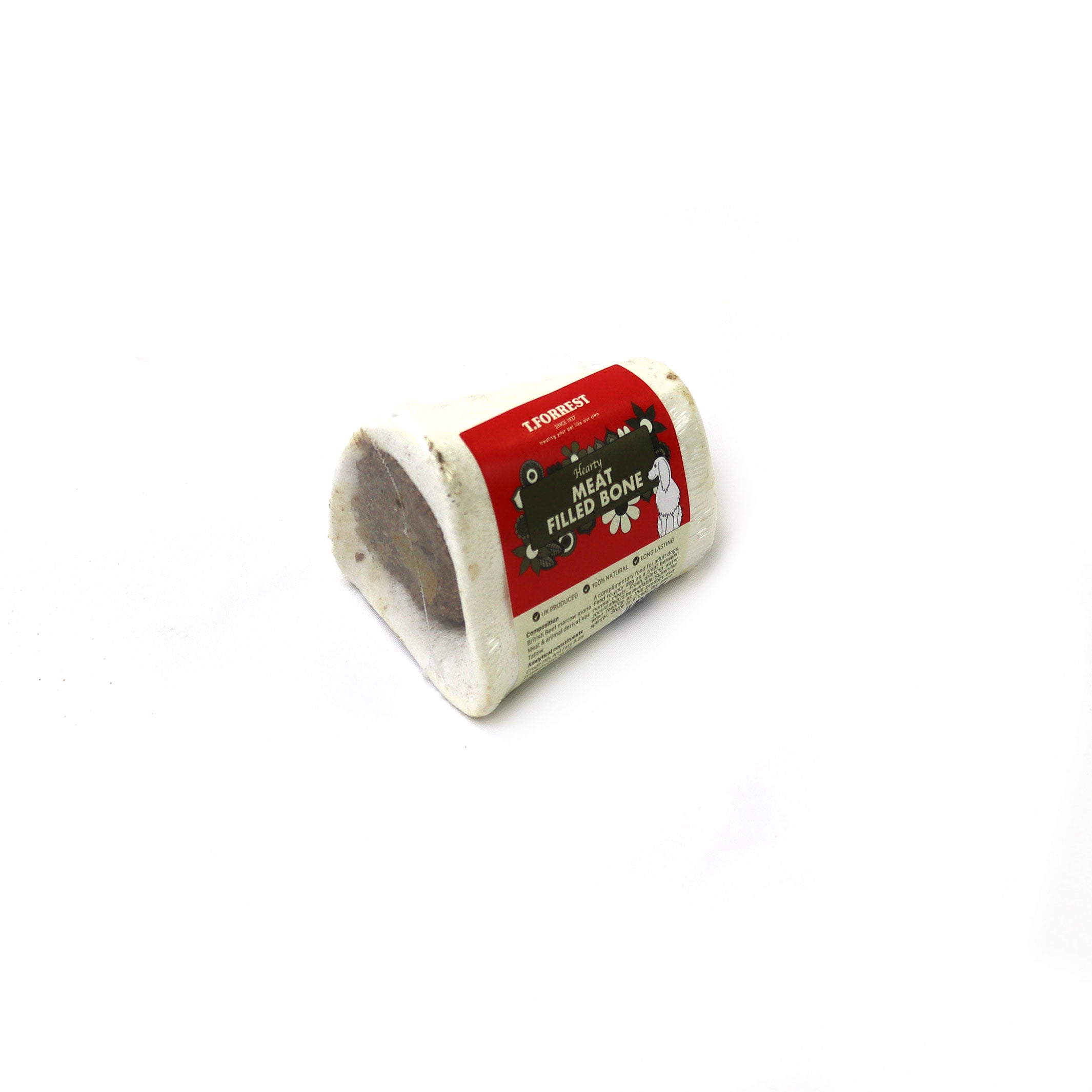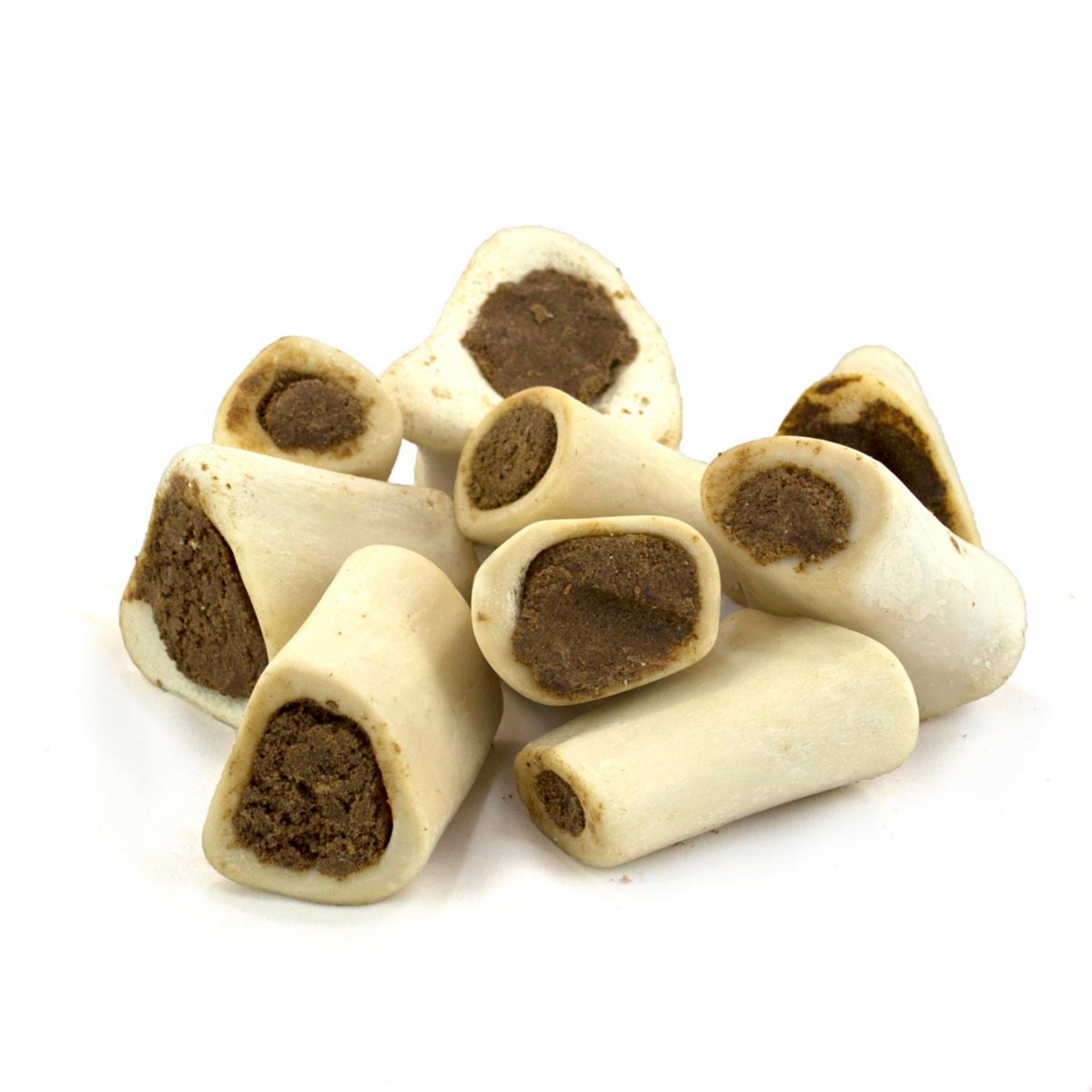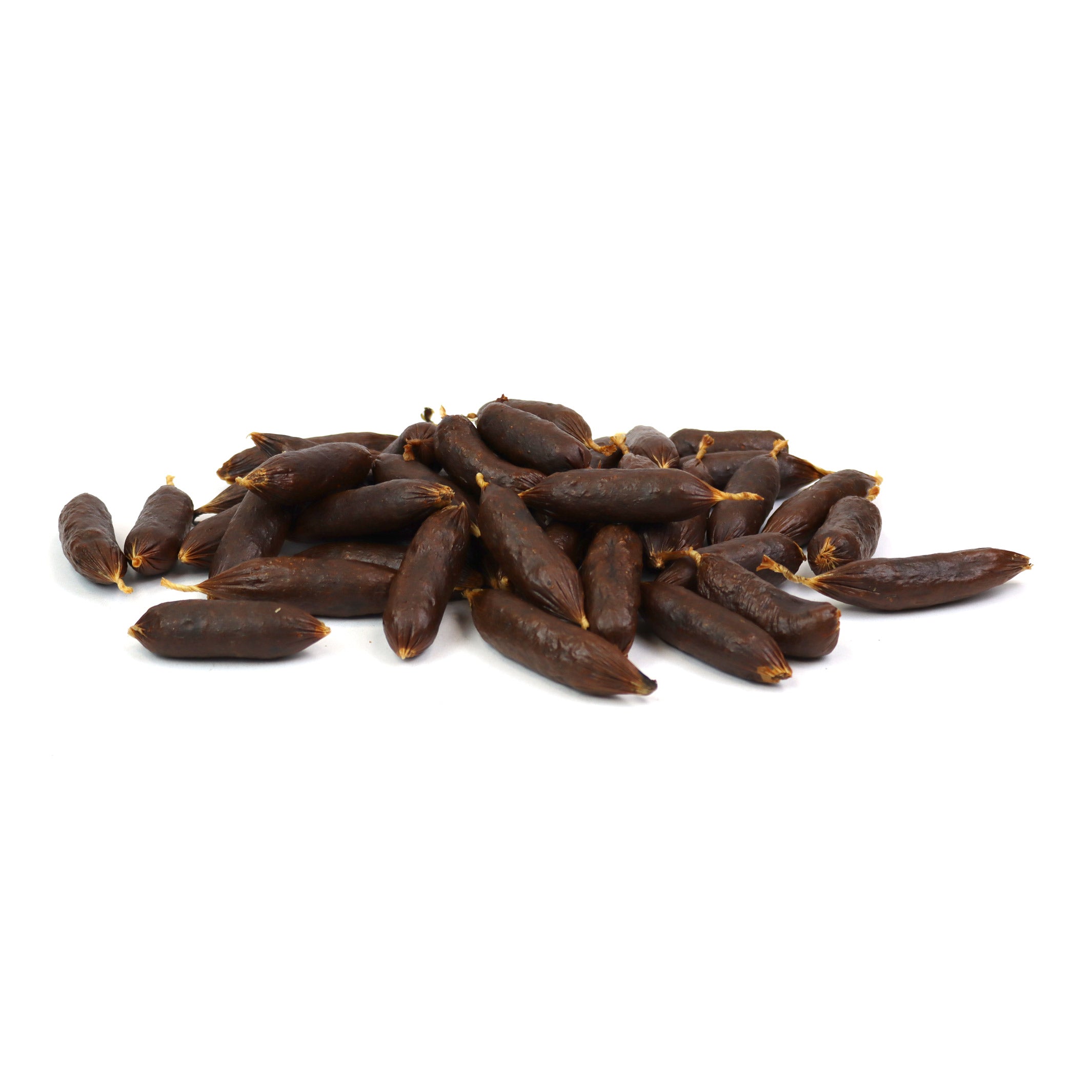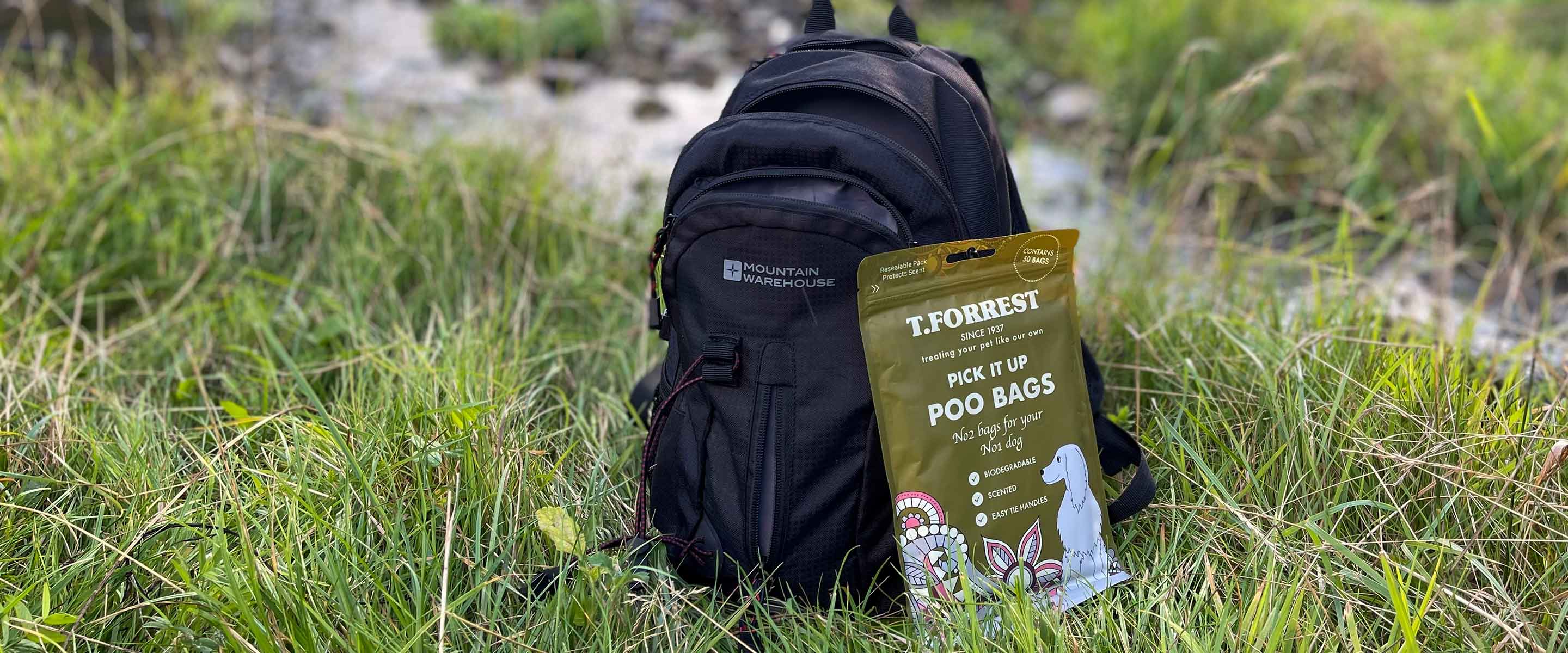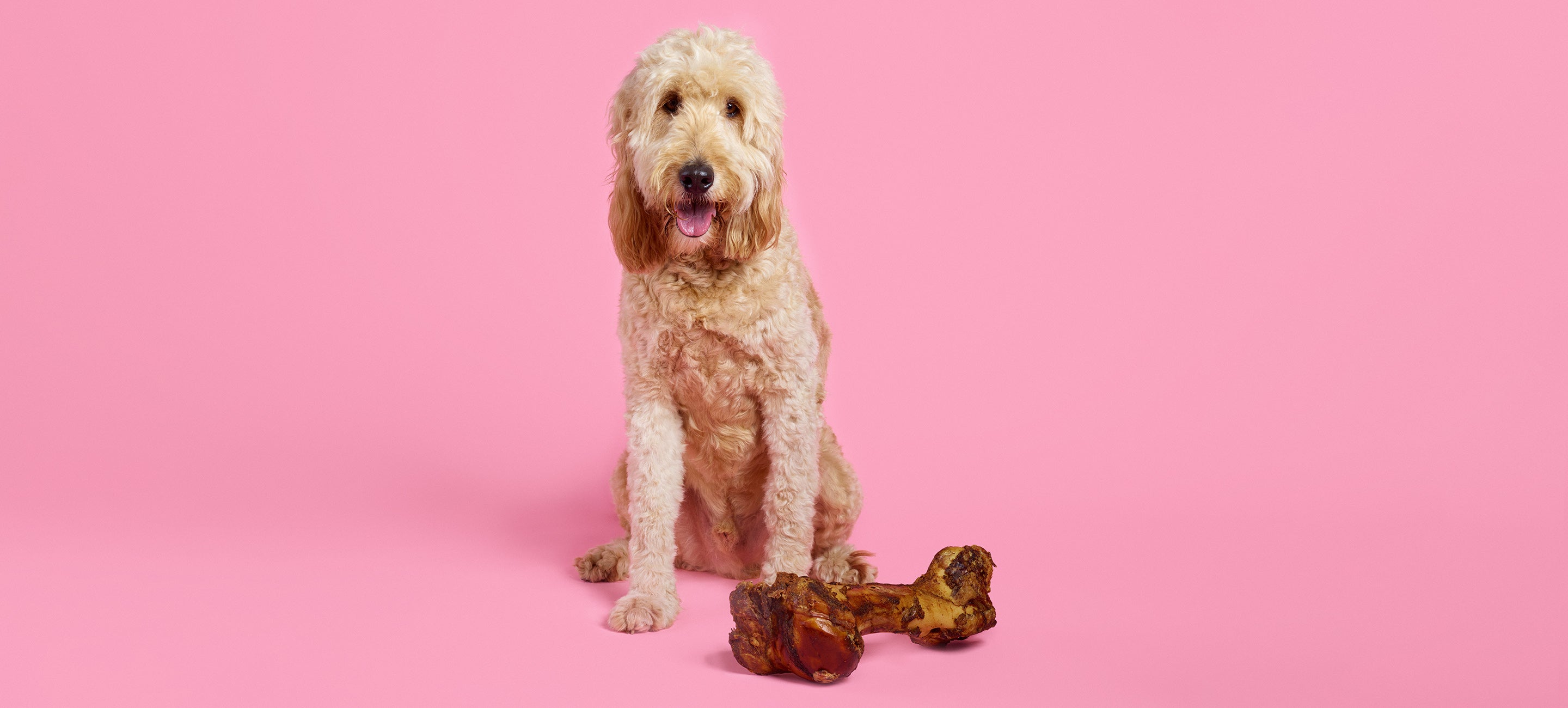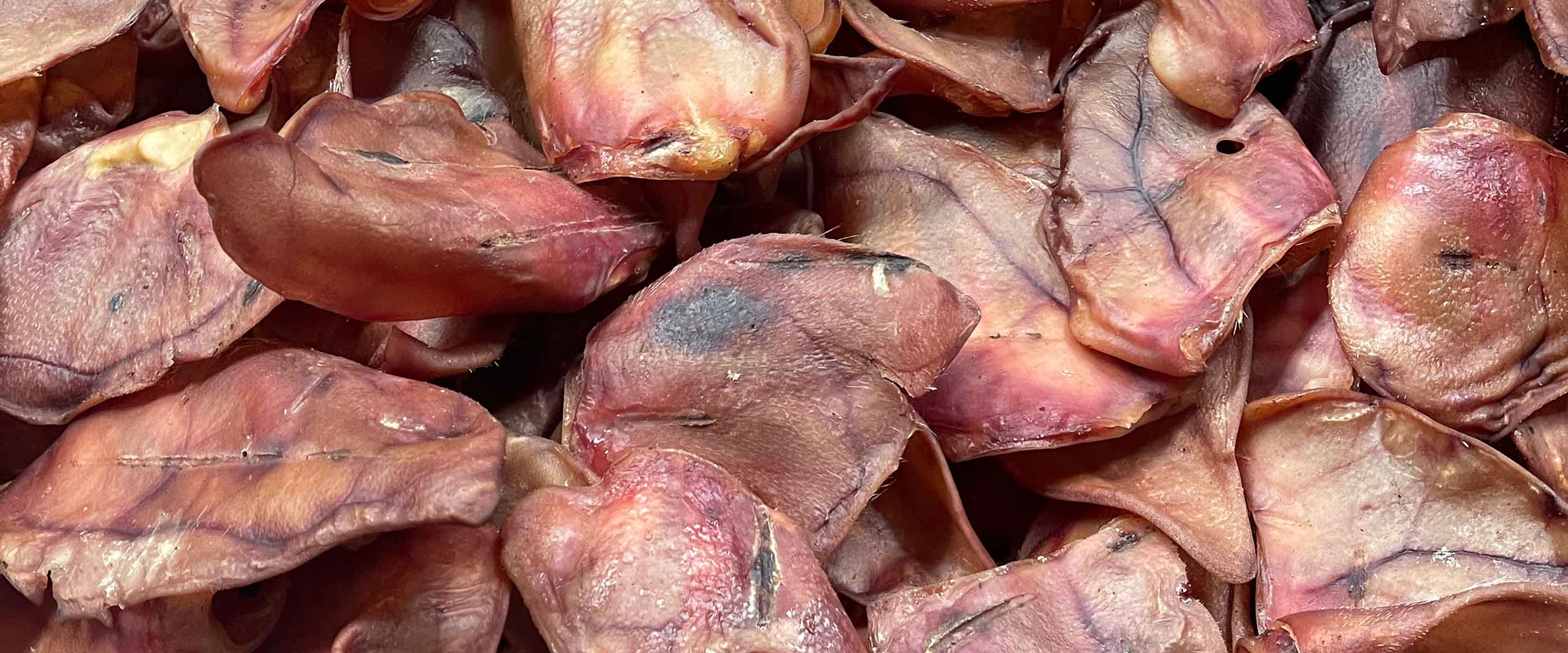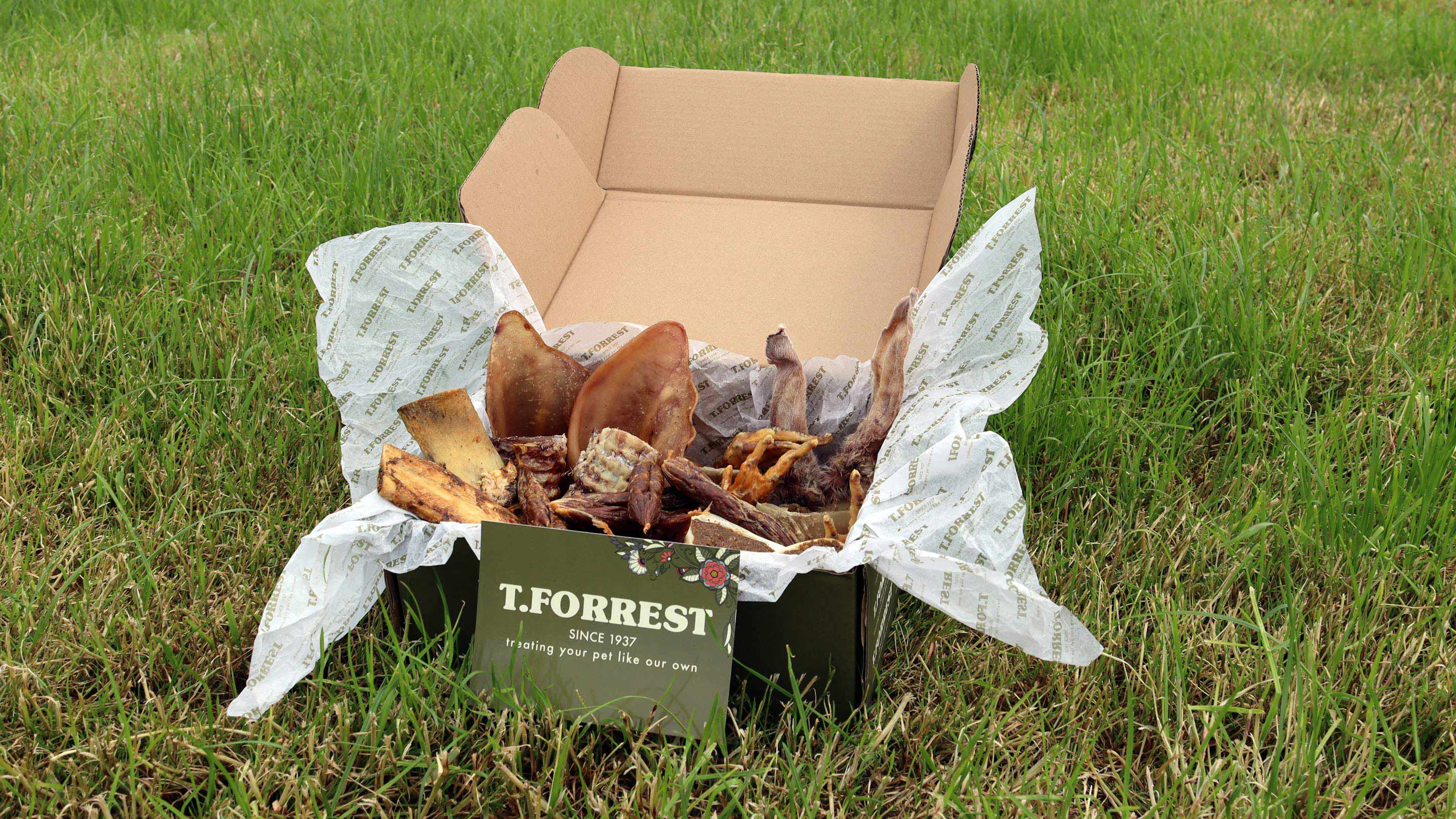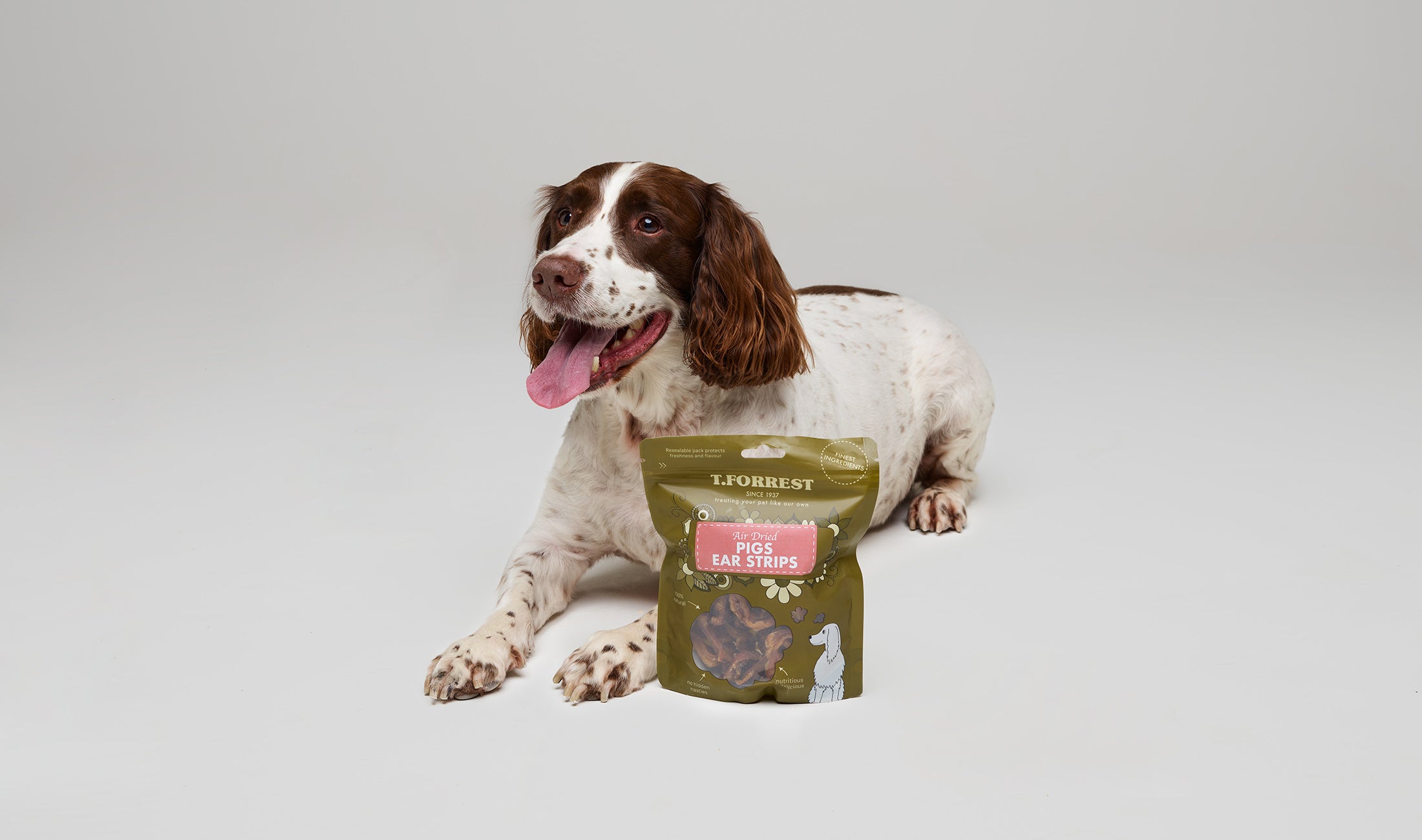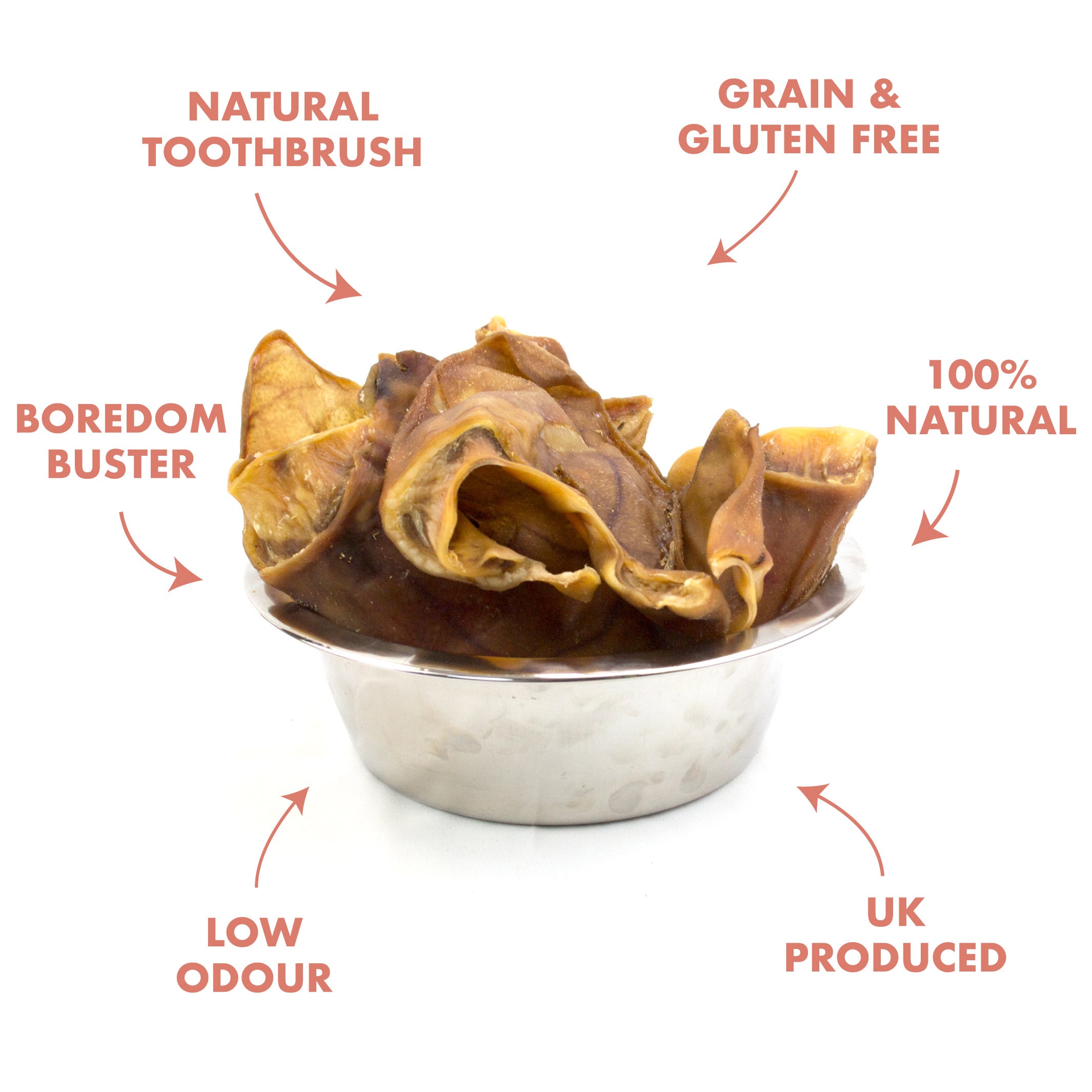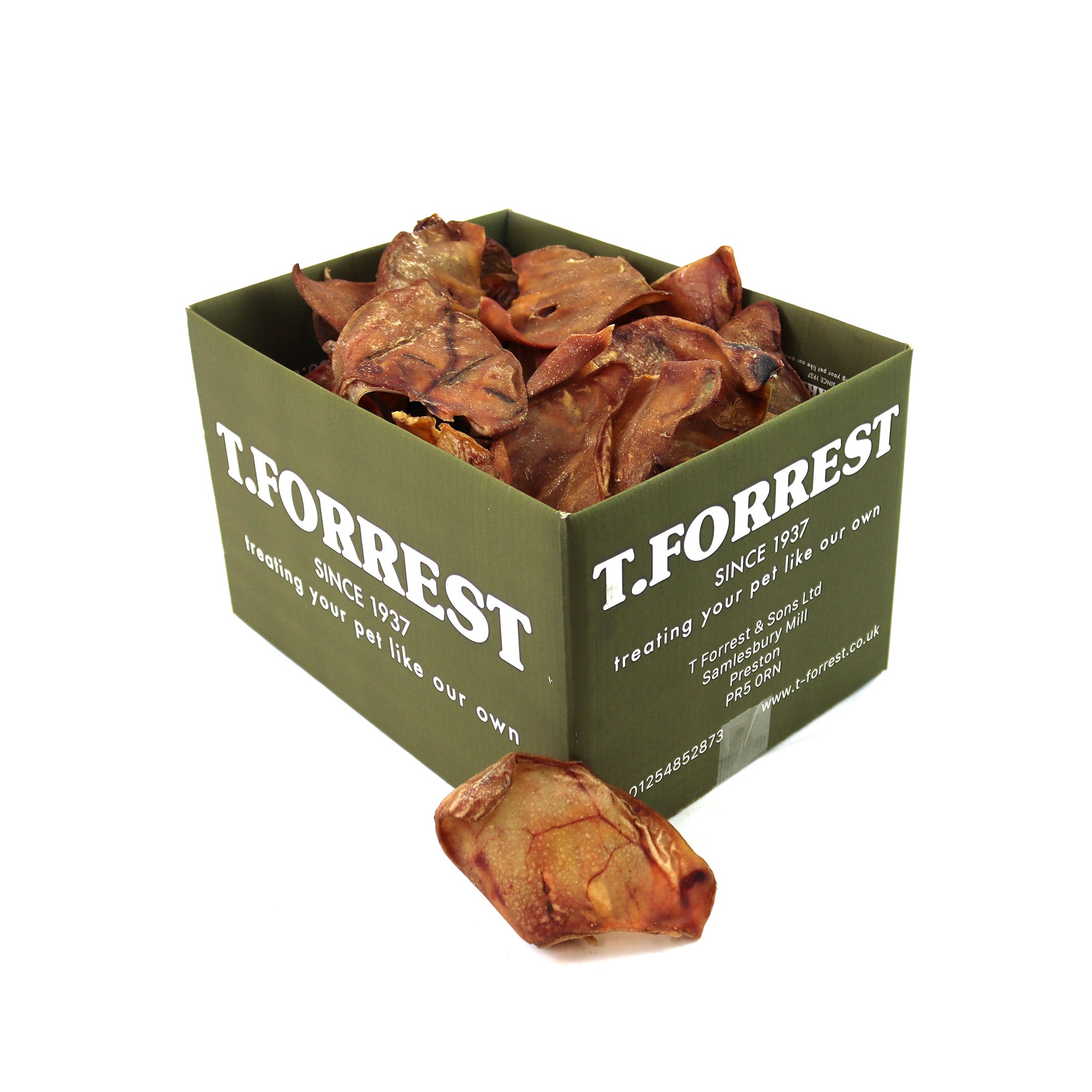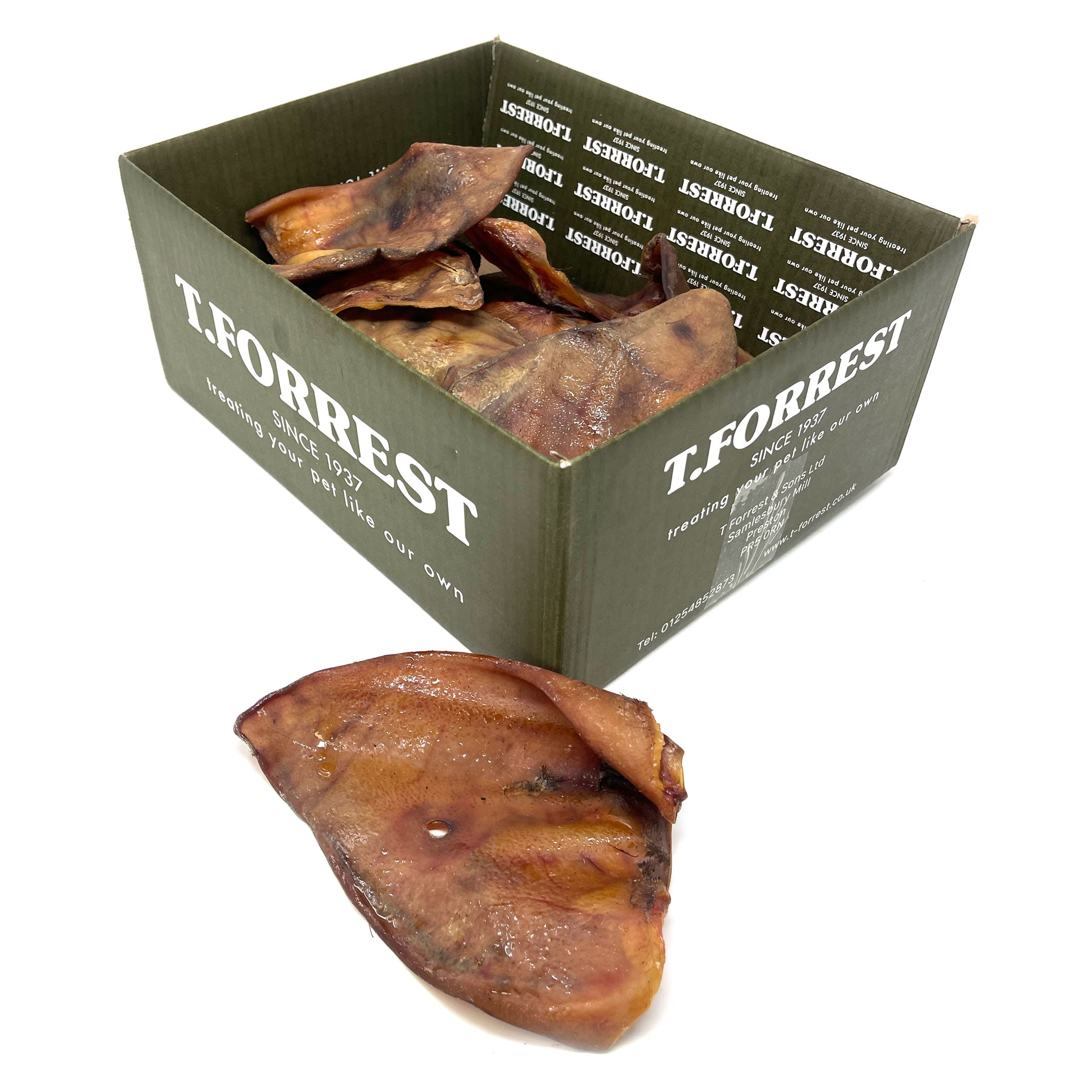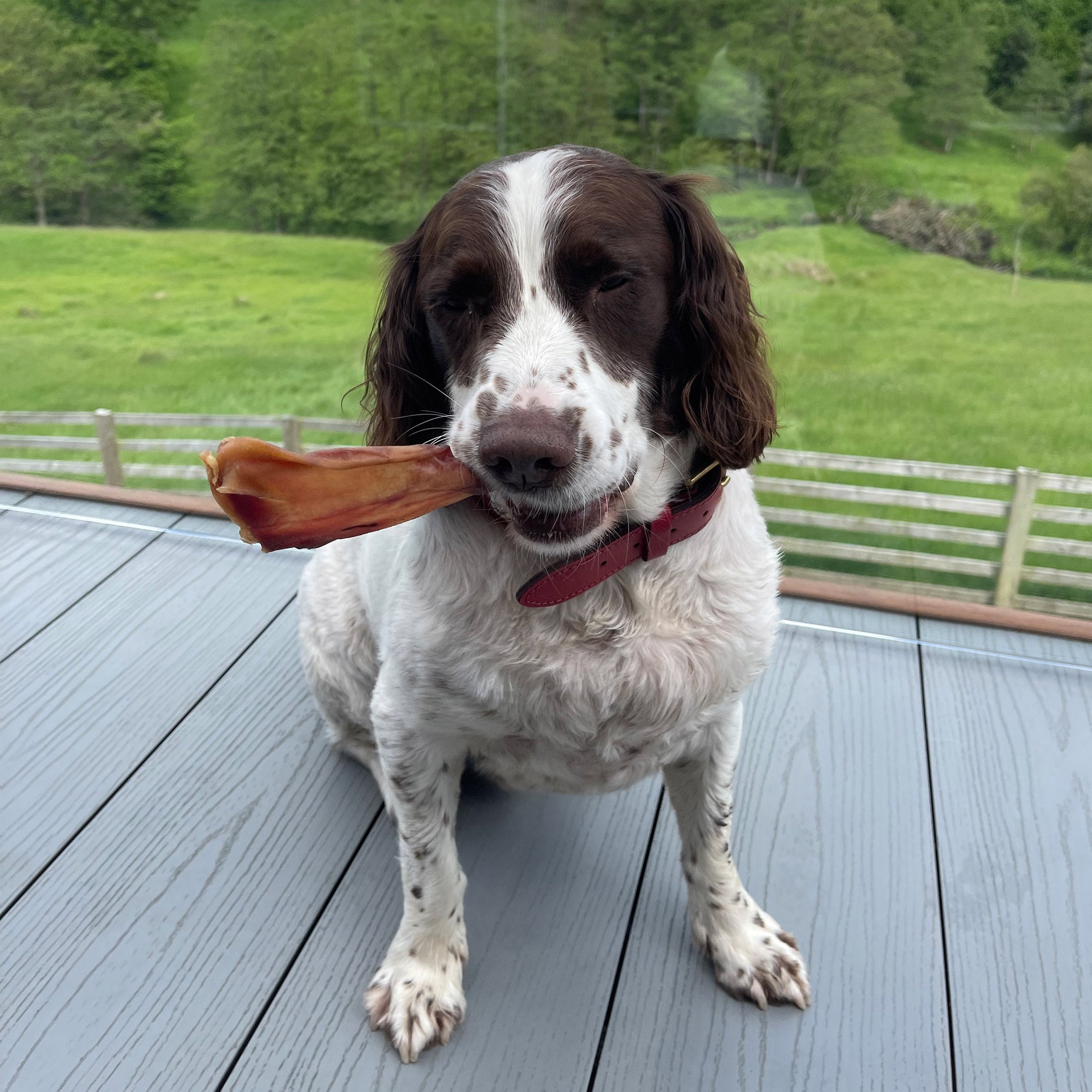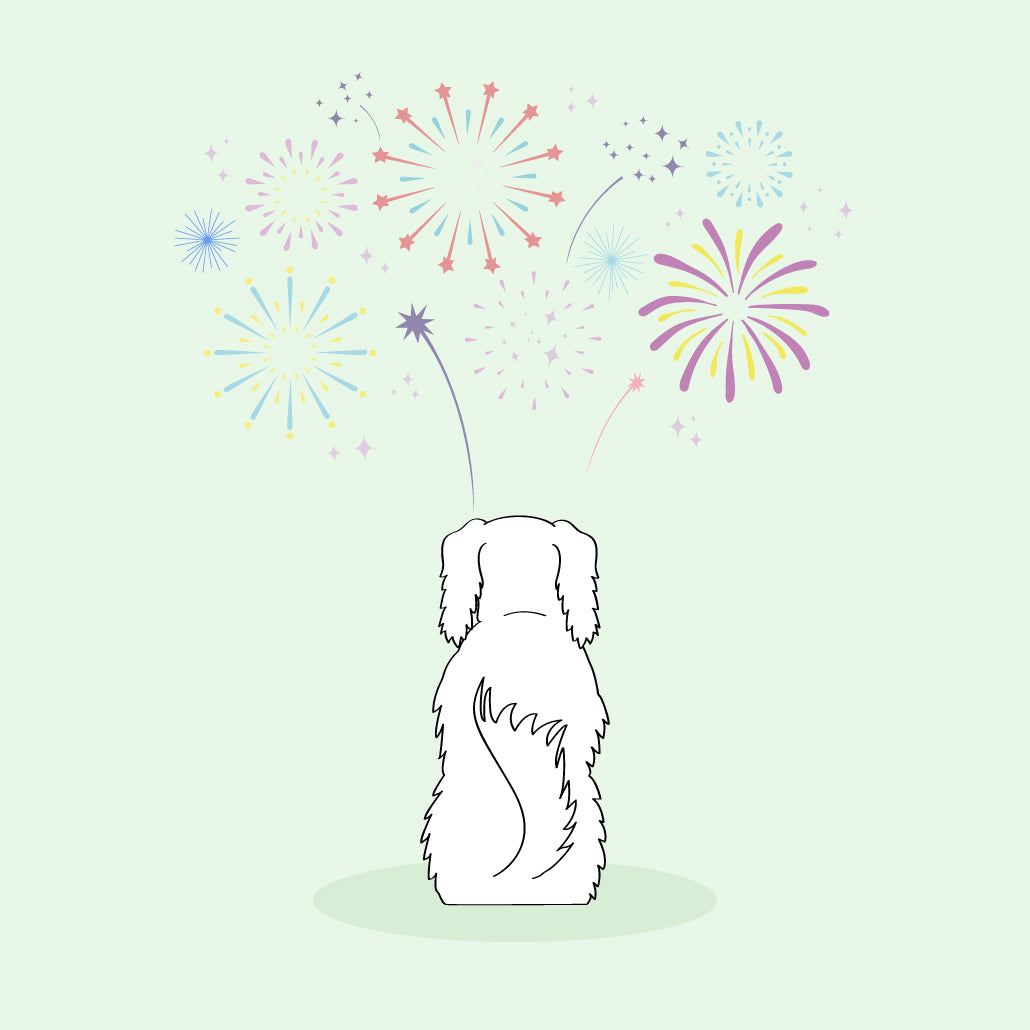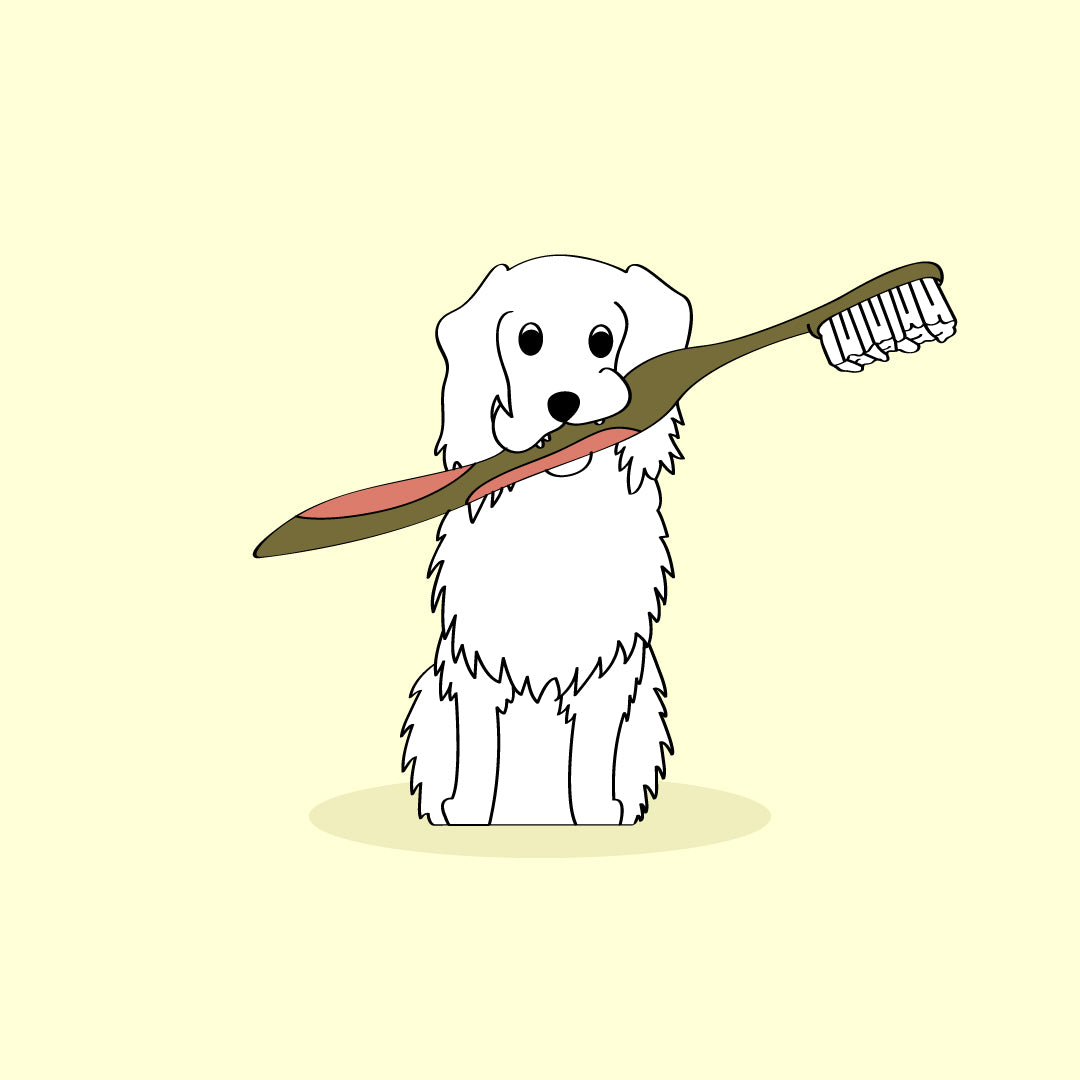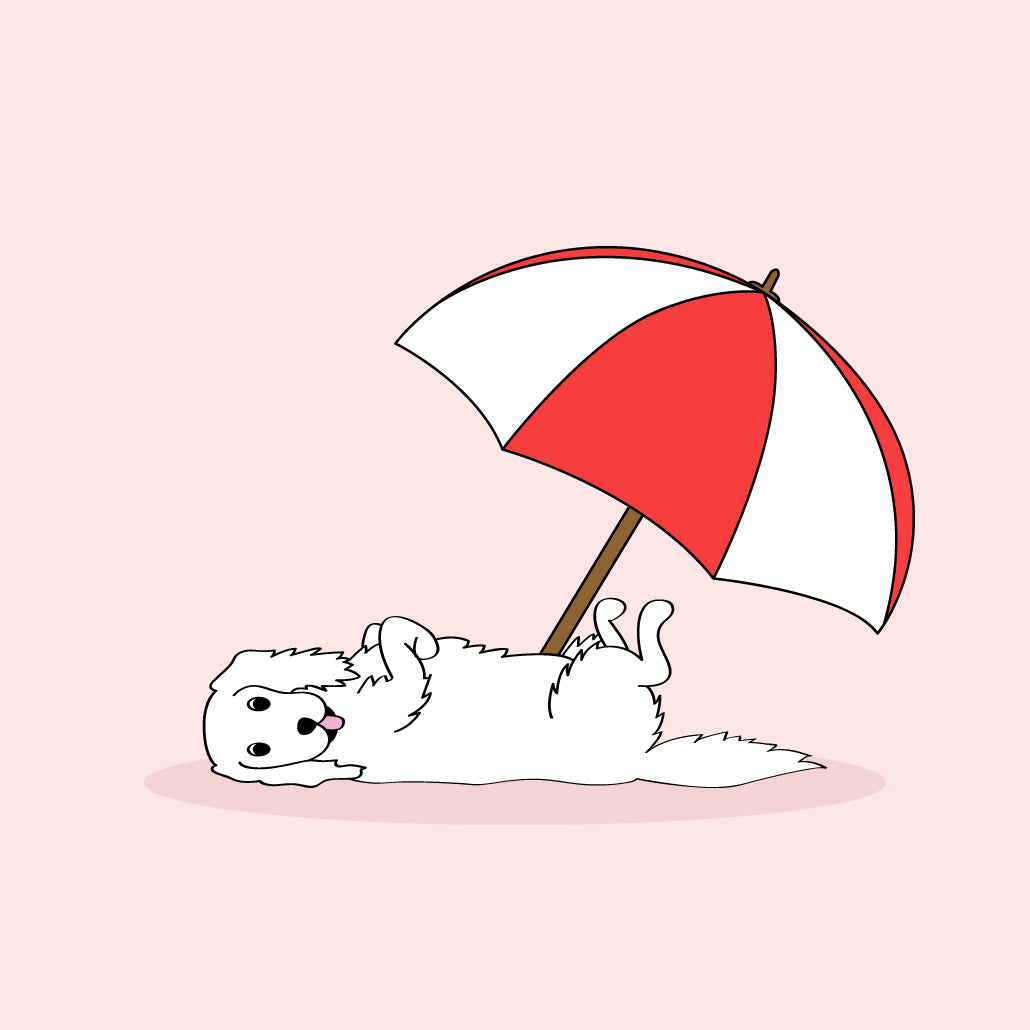How To Remove A Tick From A Dog
Ticks are a common problem for dogs in the UK, especially during the warmer months, and can lead to discomfort and potential health issues such as Lyme disease. It's crucial for pet owners to know how to safely remove ticks from their furry companions to ensure their well-being. In this guide, we will walk you through the process step by step.

Here's how to safely remove a tick from your dog:
Step 1: Get the right tools. You'll need a pair of fine-tipped tweezers or a tick removal tool. These can be found at most pet stores or online.
Step 2: Secure your dog. Have someone hold your dog steady or use a leash to keep them from moving around too much.
Step 3: Locate the tick. Ticks can be found anywhere on your dog's body, but they prefer areas with less hair such as the ears, face, neck, and belly.
Step 4: Use the tweezers or tick removal tool to grasp the tick as close to the skin as possible. Be gentle but firm and avoid squeezing the tick's body.
Step 5: Slowly and steadily pull the tick straight out, using a steady motion. Don't twist or jerk the tick as this may cause the mouthparts to break off and remain in your dog's skin.
Step 6: Once the tick is removed, clean the area with antiseptic and monitor it for any signs of infection.
Step 7: Dispose of the tick by placing it in a container with rubbing alcohol or flushing it down the toilet. Proper disposal helps prevent re-infestation and reduces the risk of transmission to other animals.
Preventative Measures to Minimise Tick Infestations:
- Limit your dog's exposure to tick-prone areas, such as tall grass and dense vegetation.
- Utilise tick preventation products such as collars, sprays, or spot-on treatments recommended by your veterinarian.
- Carry out regular tick checks on your dog, especially after outdoor activities in rural or wooded areas.
By following our tick guideline, you can safely and effectively remove ticks from your dog, reducing the risk of tick-bourne illnesses and ensuring your pet's wellbeing.
Remember to stay vigilant and consult with your veterinarian if you have any concerns or encounter difficulties during the removal process.

